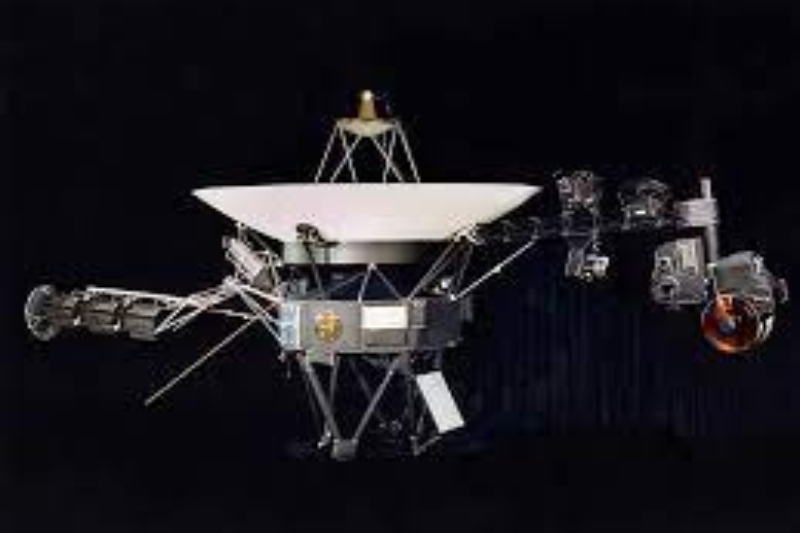After Four Suspenseful Months of Silent Messages, NASA’s Voyager 1 Finally Sends a Legible Message to Earth

Finally, after a suspenseful four months, NASA’s Voyager 1 spacecraft has sent back a signal that makes sense.
The nearly 50-year-old spaceship has been having issues with its internal processors since November 2023. Scientists are baffled as to why Voyager 1, one of NASA’s longest-running space missions, hasn’t produced any useful data while continuously sending a radio signal to Earth.
Now, NASA has received a new signal from Voyager 1 that engineers have decoded, in response to a command prompt, or “poke,” issued from Earth on March 1. Scientists working on the mission are hoping that this data will assist them explain the spacecraft’s recent communication issues.
“The source of the issue appears to be with one of three onboard computers, the flight data subsystem (FDS), which is responsible for packaging the science and engineering data before it’s sent to Earth by the telemetry modulation unit,” NASA said in a blog post Wednesday (March 13).
NASA sent the FDS on board Voyager 1 a directive on March 1 to use other sequences in its software package, thereby avoiding any potentially corrupted data, as part of their efforts to investigate Voyager 1’s computer problems.
Over 15 billion miles (24 billion kilometers) separate Voyager 1 from Earth. This indicates that it takes 22.5 hours for any radio signals sent from Earth to reach the spacecraft, and it takes the same amount of time for antennae on Earth to receive any response.
NASA discovered activity from a single FDS segment on March 3rd, which was distinct from the “unreadable data stream” they had been receiving earlier. Engineers began the difficult effort of attempting to decode this signal four days later. The signal was found to contain a readout of the whole FDS memory by the team by March 10. This comprised downloadable science or engineering data, directions for the FDS to follow, and any code values that may be altered based on commands from NASA or the spacecraft’s condition.
More distance than any other man-made object has been traveled from Earth by Voyager 1. It was launched in 1977, a few weeks after Voyager 2, its twin spacecraft. The mission’s original goal was to investigate Jupiter and Saturn. However, the mission is still ongoing outside of the solar system even after nearly 50 years and innumerable discoveries.
NASA researchers are going to “compare this readout to the one that came down before the issue arose and look for discrepancies in the code and the variables to potentially find the source of the ongoing issue,” they stated.
NASA emphasized that more time will be needed to ascertain whether any of the knowledge gathered from this new signal can be applied to resolve Voyager 1’s persistent communication problems.